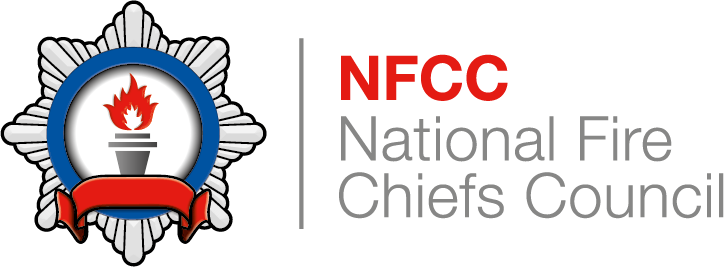National review of community risk methodology across UK Fire and Rescue Service
Navigation
Section
Practitioner Group Evaluation
As part of the analysis of submissions made into the research project the Technical Working Group (TWG) were asked to provide feedback to ensure that sector knowledge and expertise were fed into the final analysis.
In total 8 members of the TWG participated in the exercise which saw 41 UK Fire and Rescue Services (FRS) submissions distributed amongst them to look over. To provide structure to this work, an electronic survey was developed by NTU which acted to capture the data in a format that would be consistent and therefore viable to draw analysis from. This survey was a blend of closed and open-ended questions, with the TWG looking over predominantly open questions which presented an opportunity to provide qualitative analysis. The submissions made by the TWG were based on professional opinion, although some moderation has taken place by the TWG Chair when reviewing the responses and a significant difference in the grades marked for a closed question has been identified. Critically, at no point was the TWG asked to determine the legality of an RMP approach or to assess a FRSs Risk Management Plans/Planning (RMP). This exercise was about making a determination around the approaches taken towards RMP and to draw out good practice and potential gaps for consideration which will assist in progressing the work of the Project and ultimately the Programme. Linking this to NFCC strategy where appropriate.
To compliment the responses, the comments and descriptions from the TWG submitted was compiled in a narrative format and has been circulated to TWG members for comment, the following sections is the narrative. This has allowed the TWG to provide context behind the submissions which can be used in a qualitative and quantitative way. Due to the interconnectivity of the questions, the narrative has sought to bring together elements from a cross range of questions as opposed to providing a running narrative against each question. This has allowed for a holistic look at the responses where an integrated approach has been adopted by a FRS.
Finally, the TWG have only been able to comment on areas of a submission where there has been sufficient information to do so. There has been a number of submissions where either in part or full feedback has not been possible. A common piece of feedback from the TWG is that the level of detail has at times been hampered by the high-level nature of a submission as opposed to a detailed look at the methodology of a FRSs RMP which is what the survey asked for. With this in mind, there would be a case based on the survey submissions to conduct further data collection from FRSs which is more targeted and pointed.
